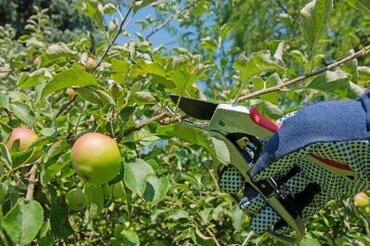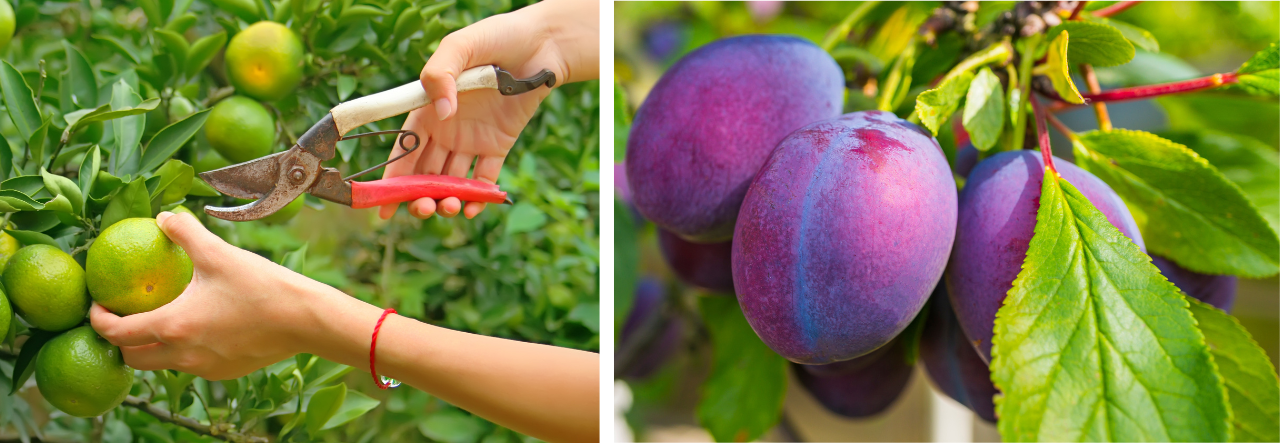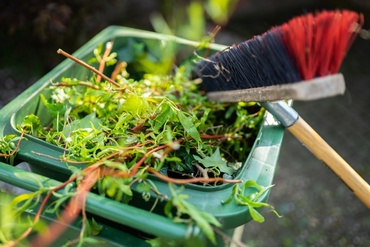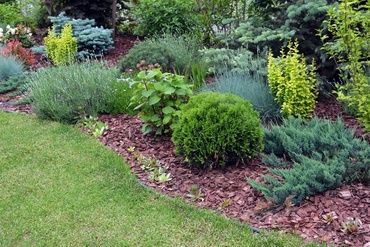
Within a few years of planting fruit trees, most people realize that they have scraggly overgrown bushes rather than the Garden of Eden they had hoped for. Fruit trees are kept attractive and productive by pruning annually. Pruning is not as difficult as it has been made out to be. Even though some fruit trees need a certain way of pruning, there is a simple straightforward three-step procedure that works for the majority of fruit trees.
As a result of this method, pruning may be performed at any time of the year, although summer pruning is not harmful to the species. The first step is to prune the fruit trees after they have finished fruiting. The second step is to prune the young trees at the beginning of the growing season to allow them to develop freely. The third step is to prune the old trees just prior to the beginning of winter to allow them to harden off. When the tree's foliage is removed, allowing you to see what you are doing. Here are three tips to help you get your garden healthy and fruity!
-
Clean up before you start pruning
What you should do is remove all the wood that is dead, damaged, or diseased—that’s the three Ds. Are sprouts growing from the base of the trunk? Remove them—they’re known as 'suckers' and come from the rootstock rather than the fruiting variety grafted on top. Are there suspiciously straight sprouts growing from some of the main branches? Remove them as well. You should prune the branches so that they are flush with the larger limb they grow from, and don’t leave little stubs.

-
Thin out your fruit tree or shrub
Fruit production and pest and disease problems can be improved by thinning the canopy and allowing light and air in. Before thinning, remove any branches that grow downward or cross paths with other branches. Look over the tree once these branches are removed. You want evenly spaced branches splayed out in a fractal-like pattern from the center.
If you see branches competing with each other, thin down to one branch using the healthiest branch with the best crotch angle. Two branches growing from a crotch but in parallel fashion, one hovering over the other, you also thin to one. Fruit can break as it gets heavy, and fruit that is too high to pick will grow in a narrow angle.
Make sure there is at least 6 to 12 inches of air space around each branch after you have thinned the tree. The smaller the branches are, the closer they can be to each other. Make thinning cuts flush to the branches just as you do with your cleanup cuts.
-
Head back your fruit trees and shrubs
Pruning back the outermost growth of the tree is the simplest step - it's essentially a haircut. Pruning back the outermost growth of the tree helps it grow shorter, bulkier branches, rather than long and gangly ones, which keeps them from snapping under fruit weight. Fruit scientists call this phenomenon hormone activation. This causes the lower canopy of the tree to produce smaller, more fruitful fruit.
Last year's growth is removed in this step, usually 20 to 30 percent. The wrinkly ring of bark encircling each stem is how you distinguish last year's growth from two-year-old growth. Depending on the tree's vigor, this may range from two inches to four feet from the tip of each branch. Make the cuts all the way through each branch. This is important.




